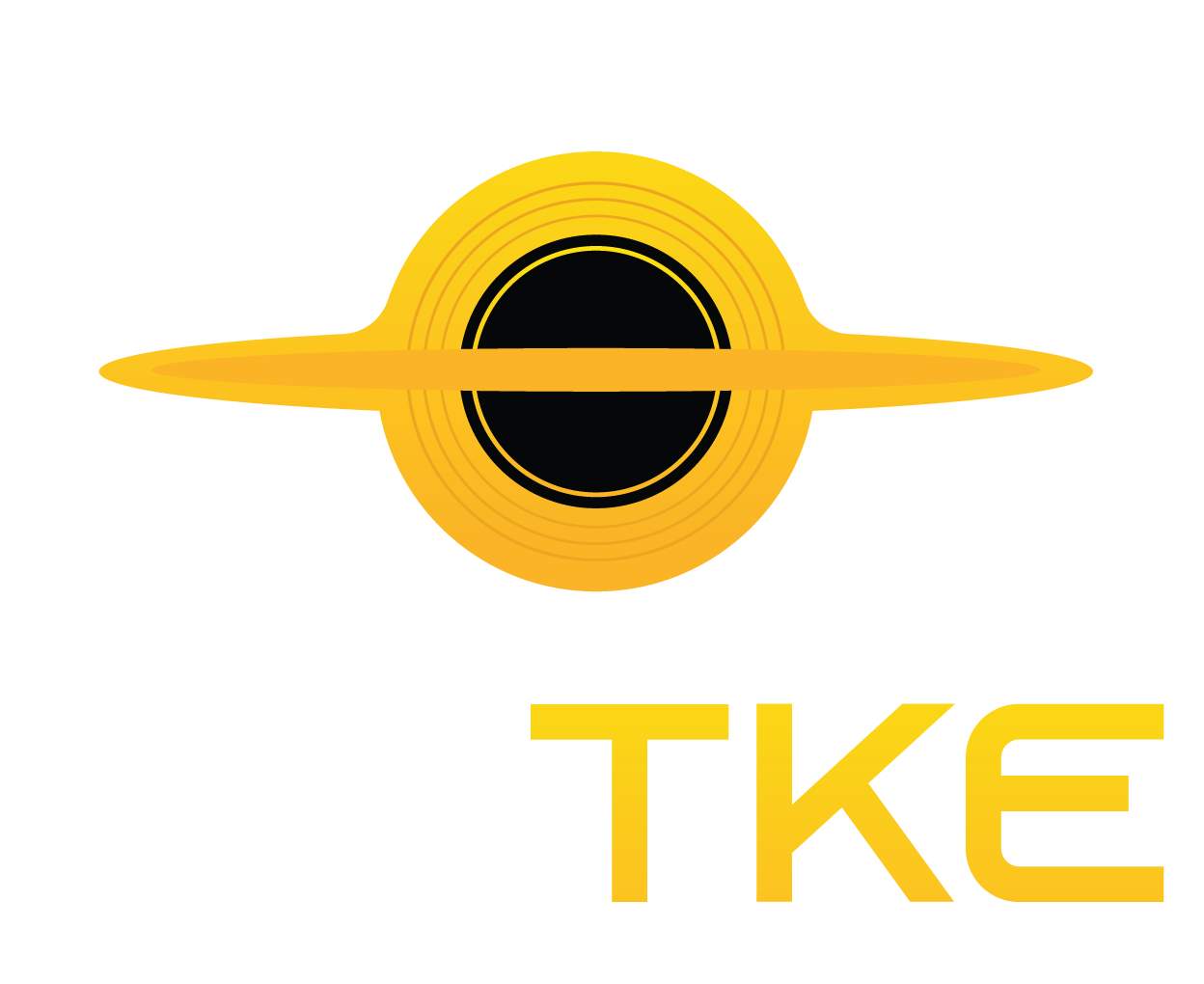Another Turbine World Record – But This Time, Not By China

Siemens Gamesa
In the ever-competitive game of “who builds it bigger,” China has stepped aside for now as European company Siemens Gamesa sets a new world record with a massive wind turbine installed at the Østerild test field in Denmark.
A Giant Among Giants
While the lead wasn’t huge, the achievement is still remarkable. The Siemens SG DD-276 turbine spans an impressive 276 meters (905 feet) from blade tip to blade tip and has a rated capacity of 21.5 megawatts (MW) — enough to power around 70,000 Danish homes annually. Throughout its operational lifetime, the turbine is expected to prevent the emission of approximately 55,454 tons of CO₂ that fossil fuel energy would otherwise produce.
This technological leap came with a hefty price tag. The European Union contributed €30 million (around US$33 million) through its innovation fund to support Siemens Gamesa’s HIPPOW project (Highly Innovative Prototype of the most Powerful Offshore Wind — yes, that’s the acronym).Although Siemens Gamesa hasn’t disclosed the Levelized Cost of Energy (LCOE) for this turbine yet, Denmark reported offshore wind costs of around €46 per megawatt-hour (MWh) in 2018.
Siemens Gamesa has been in the wind power game since 1991 and was behind the installation of 11 turbines in the world’s first offshore wind farm at Vindeby, Denmark. The SG DD-276 marks the 5,000th turbine installed by the company, across 14 countries, with a total installed capacity exceeding 27 GW.

Siemens Gamesa
Previously, China’s Mingyang Smart Energy held the record with its 20 MW MySE18.X turbine, which had surpassed the 18 MW offshore model from Dongfang Electric Corporation. But in such a fast-paced industry, records don’t last long.
The Next Generation Is Already on the Horizon
In fact, Dongfang has already completed a 26 MW turbine that has yet to be deployed, while Mingyang has announced plans for next-generation 22 MW turbines. Once either of those go live, Siemens will likely lose the top spot.
Adding to the uncertainty, recent tariff escalations between the US, EU, and China may disrupt the supply of critical minerals and rare earth elements — such as those used in circuit boards and neodymium magnets — since China controls much of the global supply chain. That means this latest record may not last for long.
Read the original article on: New Atlas
Read more: First U.S. Onshore Wave Energy Project Receives Green Light










